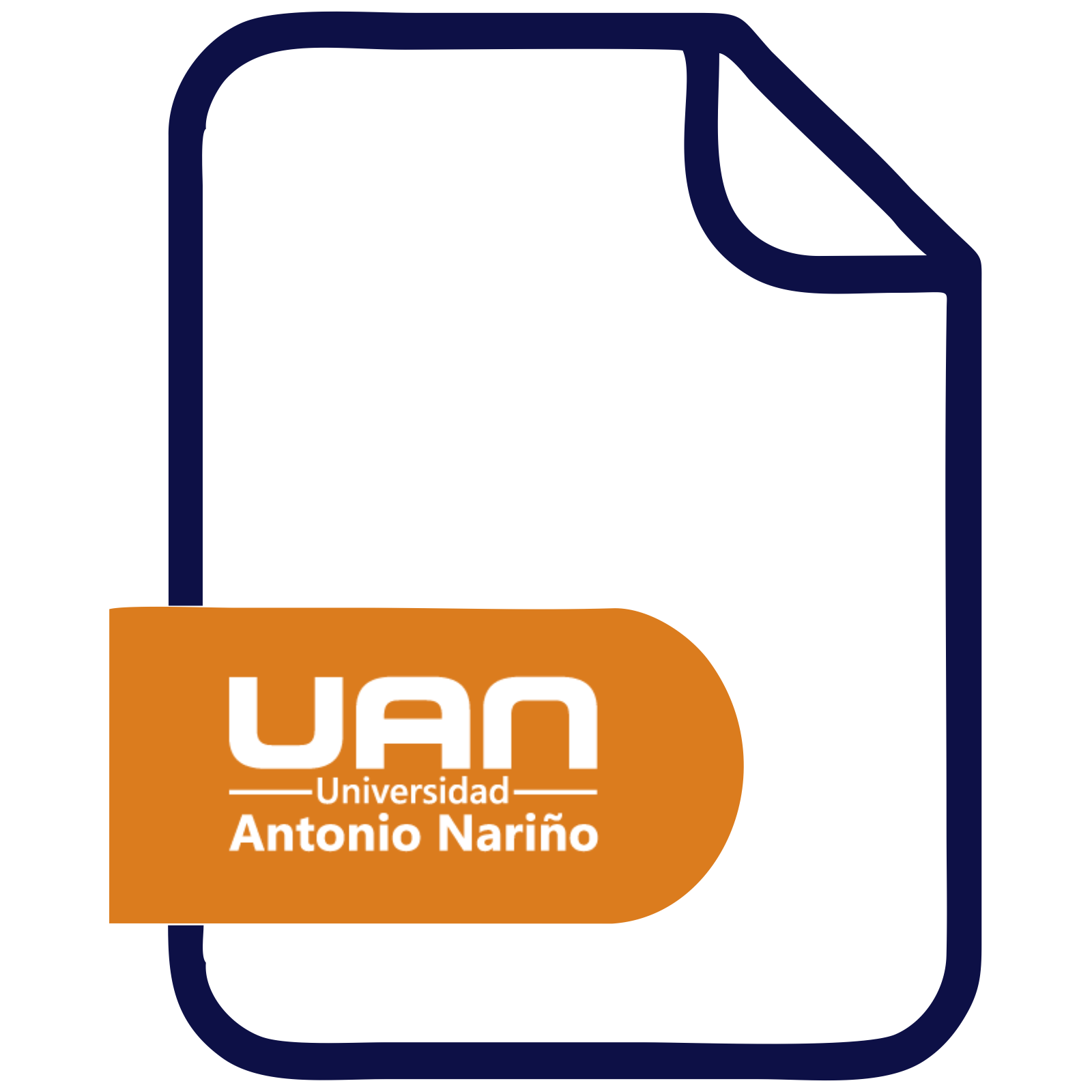Por favor, use este identificador para citar o enlazar este ítem:
http://repositorio.uan.edu.co/handle/123456789/1483> Repositorio UAN
Repositorio UANComunidades y ColeccionesTitulosMateriasAutoresFecha de publicacion
Mi CuentaAccederRegistro
Mi CuentaAccederRegistro
| Título : | Frente de agua: regeneración urbana del malecón turístico sobre el río Magdalena |
| metadata.dc.creator: | Yusunguaira Florez, Angelica Maria |
| metadata.dc.contributor.advisor: | Fracasso, Liliana |
| Palabras clave : | Waterfront;Sostenibilidad;Regeneración urbana;Cohesión urbana;Espacio público |
| Resumen : | The project "Water Front: Urban Regeneration of the Tourist Boardwalk on the Magdalena River", proposes, in respect of local planning instruments, to improve sustainability indicators and to give resistance to the urban helmet in environmental, social and cultural controls. Urban cohesion represents a central theme of the proposal since it considers the ways of working of the urban fabric and some subunits of landscape. Likewise, exchanges and access opportunities in the municipality confer territorial balance to the proposal, responding to the crisis in some contexts determined by insecurity, risk, discontinuity, barriers, marginalization, and recognizable urban-social segregation in the current situation. of the city (Municipality of Neiva, 2012) Regenerate the landscape unit that corresponds to the Malecón del Río Magdalena, western edge of the city, which represents one of the few green corridors in the city and is part of the main ecological structure of Neiva. This landscape unit is currently a fully motorized artificial habitat, solid waste dump, garbage dump, residual spaces and housing for street dwellers. Few specific itineraries, compatible uses, or adequate construction treatment, traffic is mainly vehicular through the sector, the place of entry and exit to and from different municipalities and cities. The functionality and spatiality of this landscape unit is a key part of Neiva's configuration, but it is seeing problems due to forgetfulness, abandonment, loss and the lack of use of its environmental, social and cultural values. The aim is to promote, improve and regenerate the boardwalk, influencing the environmental, social and cultural characteristics of the city. To this end we take the Río Magdalena urban-natural border (Malecón Turístico) as a landscape unit. The regeneration is carried out from the urban design thought to promote routes, movements, tensions, itinerant spaces and attractive visual points. The project for the new Magdalena River tourist boardwalk proposed here is expected to improve the sustainability and resilience of the city. In addition, generate a change in the perception of the population to consider the Tourist Boardwalk as a place that belongs to them, where they can feel safe and replicate this sense of collectivity that seeks to infuse the project into other urban voids in the city of Neiva. |
| metadata.dc.description.tableofcontents: | El proyecto “Frente de agua: Regeneración urbana del Malecón Turístico sobre el Rio Magdalena”, propone en el respecto de los instrumentos de planeación local, mejorar los indicadores de sostenibilidad y dar resiliencia al casco urbano en los ámbitos ambiental, social, y cultural. La cohesión urbana representa un tema central de la propuesta ya que considera las formas de ocupación de la trama urbana y unas sub-unidades de paisaje. Asimismo, los intercambios y las oportunidades existentes en el municipio, confieren equilibrio territorial a la propuesta, dando respuesta a la crisis de algunos contextos determinadas por inseguridad, deterioro, discontinuidad, barreras, marginación, y segregación urbana-social reconocible en la situación actual de la ciudad. (Municipio de Neiva, 2012) Regenerar la unidad de paisaje que corresponde al Malecón del Rio Magdalena, borde occidental de la ciudad, que representa uno de los pocos corredores verde de la ciudad y que hace parte de la estructura ecológica principal de Neiva. Dicha unidad de paisaje es actualmente un hábitat artificial totalmente motorizado, vertedero de residuos sólidos, depósito de basuras, de espacios residuales y vivienda de habitantes de calle. Pocos itinerarios poseen usos compatibles, o tratamiento constructivo adecuado, el tránsito es principalmente vehicular por ser el sector lugar de entrada y salida desde y hacia diferentes municipios y ciudades. La funcionalidad y espacialidad de esta unidad de paisaje, es una pieza clave de la configuración de Neiva, pero se está viendo afectada por el olvido, el abandono, pérdida y falta de aprovechamiento de valores ambiental, social y cultural que posee. Se busca potenciar, mejorar y regenerar el malecón incidiendo en las características ambientales, sociales y culturales de la ciudad. A tal fin tomamos el borde urbano-natural Rio Magdalena (Malecón Turístico) como una unidad de paisaje. La regeneración se realiza a partir del diseño urbano pensado para potenciar recorridos, movimientos, tensiones, espacios itinerantes y puntos de visuales atractores. El proyecto del nuevo Malecón turístico del Rio Magdalena que aquí se propone se espera mejore la sostenibilidad y la resiliencia de la ciudad. Incluso, genere un cambio en la percepción de la población para que consideren el Malecón Turístico como un lugar que le pertenece, donde pueden sentirse seguros y replicar este sentido de colectividad que busca infundir el proyecto a otros vacíos urbanos de la ciudad de Neiva. |
| URI : | http://repositorio.uan.edu.co/handle/123456789/1483 |
| Editorial : | Universidad Antonio Nariño |
| metadata.dc.publisher.campus: | Bogotá - Circunvalar |
| metadata.dc.publisher.faculty: | Facultad de Artes |
| metadata.dc.date.created: | 2020-06-10 |
| metadata.dc.rights.uri: | http://creativecommons.org/licenses/by-nc-nd/3.0/us/ |
| Aparece en las colecciones: | Arquitectura |
Ficheros en este ítem:
| Fichero | Tamaño | |
|---|---|---|
| 2020AngelicaMariaYusunguairaFlorez.pdf | 15.94 MB | Visualizar/Abrir |
| 2020AutorizacióndeAutores1pdf Restricted Access | 902.84 kB | Visualizar/Abrir Request a copy |
| 2020Anexo1.pdf | 306.7 kB | Visualizar/Abrir |
| 2020Anexo2.pdf | 180.72 kB | Visualizar/Abrir |
Este ítem está sujeto a una licencia Creative Commons Licencia Creative Commons




